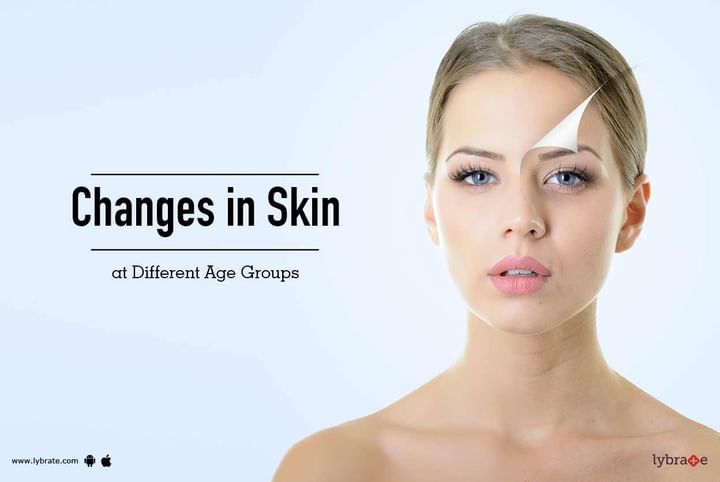Changes in Skin at Different Age Groups
The skin is one of the most delicate, yet at times, the most ignored part of the body. Human skin consists of three layers, namely, Epidermis, Dermis and Hypodermis:
Epidermis is the outermost layer of the body and provides protection to the skin. The amount of Melanin in the epidermis is responsible for the variation of skin colour.
The second layer, Dermis protects the body from stress and strains and also nourishes the epidermis.
The deepest layer, Hypodermis also known as subcutaneous tissue, conserves energy. It is made up of cells with the purpose of storing fat, to be utilized by the body.
A person's skin keeps on changing throughout the human life. It becomes thinner with the age, because of the ever changing hormonal production. With increasing age your skin also begins to age, losing its glow and becoming drier leading to larger pores, breakouts, wrinkles, dark circles, sagginess, patches, etc.
Following changes occur in the skin at different age groups:
- Infants: The skin of newborns is very delicate, often red/pinkish or purple in colour. The skin of babies keeps on developing with each passing day. Their skin is thinner and sensitive. Also, the newborn skin is more prone to infections and allergies, which is why it is always advisable to use hand-sanitizers before even touching a baby, since a small infection might lead to a bigger issue for newborns. Premature babies generally have transparent skin vis-a-vis skin of full term babies, who are born with fully developed thicker skin.
- Toddlers: The skin of toddlers as compared to infants is more developed and bright, and it keeps on changing as your toddler grows.
- Adolescents: The skin of adolescents is tougher and undergoes a major change because of the various hormonal changes that happen during this phase of the human body. To name a few, adolescents will experience an increase in sebum production, arm sweating, pubic hair growth, pimples, acne (Learn more about Acne and Scars), etc.
- Adulthood: Oil production, breakouts, larger skin pores are a few of the skin changes that start as the body also starts to age. The skin might experience acne and dryness in this stage.
- Maturity: Exposure to sun, less intake of water, thinning of the epidermis and lack of proper skin care leads to various skin related changes. These include skin pigmentation, wrinkles, losing of elasticity, paler skin, dryness, expression lines, thinner and drier skin.
- Old-age: During this phase of age, the human skin dries, becomes looser, veins become to be more visible, appearance of age-spots, sagging of skin, patchy skin are issues that humans are exposed to face.
Any skin related issue should be taken up and discussed with Dermatologist/Skin Specialist to find the best cure to the problem.



+1.svg)
